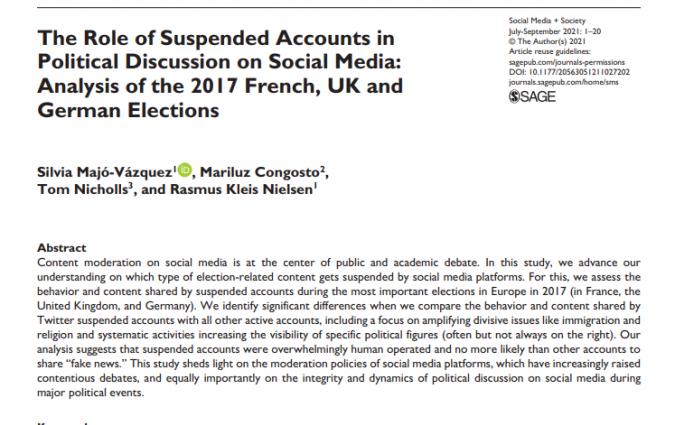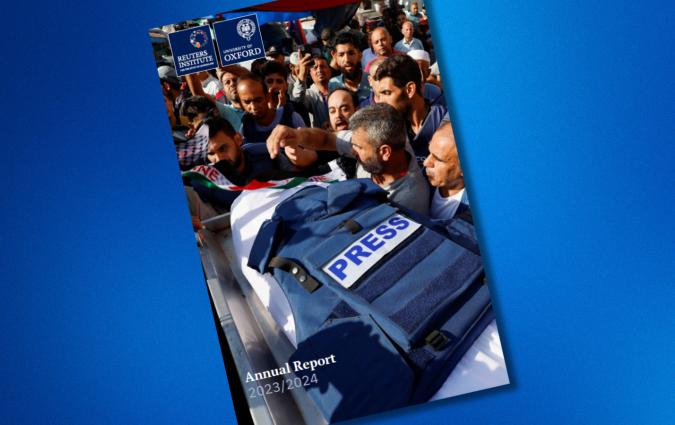Croatia: the Price of Corruption

Reuters Institute Fellow's Paper
Hrvoje Kresic is a Croatian journalist working as a TV reporter for RTL, Croatia’s private national broadcaster.
There he works as a senior political and economics correspondent for RTL Danas, the broadcaster’s most important news programme. He has written a research paper entitled ‘Croatia: the Price of Corruption’.Hrvoje writes: “A high level of corruption - especially political corruption - is nothing unusual in transitional economies. As Alina Mungiu-Pippidi, professor of democracy studies at the Hertie School of Governance in Berlin has written, Central and Eastern European countries are “places where voters are alienated, political parties compete only for spoils and the media are used as tools of corruption”. Croatia in general is no different - or at least it didn’t use to be. In the wake of the country’s EU accession, international institutions (like the European Commission, the EBRD, and the World Bank) have acknowledged efforts in fighting corruption. But judging from the examples of Romania and Bulgaria, tackling corruption on all levels usually stops once a country is inside the EU.
Although Croatia, a country that in 2012 celebrated Independence day for the 21st time, has “officially” entered the age of majority, it is doubtful if some of country’s important institutions entered that age as well. According to the EBRD, in the first decade of the 21st century the Croatian economy would annually lose up to 500 million Euros due to corruption. For a country of 4.1 million people and with a GDP of EUR 63.78 billion (2011 est.), it’s a huge impact for a domestic economy. One person held openly responsible for vast levels of corruption is Ivo Sanader, a former prime minister (2004-2009) and a former president of the Croatian Democratic Union, the biggest party in Croatia which has governed the country for most of the past 20 years. He is currently being tried in a Croatian court on three charges of political corruption, and more charges are expected to arise. Mr Sanader is pleading innocent to charges that he and his party siphoned off nearly 10 million Euros from privatisation proceeds first into party funds, and later into private accounts. While he was in office however, Mr Sanader was rarely criticised by the majority of mainstream media, despite the fact that there have been many clues, if not entire affairs, pointing towards Mr Sanader’s wrongdoings.
The aim of this paper is to try and answer the following question: acknowledging that Mr Sanader was involved in at least one Croatian corruption affair, how did the Croatian mainstream print media cover Mr Sanader’s time in office, and why did they fail to warn about potential damages to the Croatian economy. As it turns out, there seems to be a correlation between the transparency of ownership structure of the media and the way the media cover political corruption affairs: the less transparency about ownership, the less coverage there is of corruption.”
As with all Fellows’ research papers, any opinions expressed are those of the author and not of the Institute.






